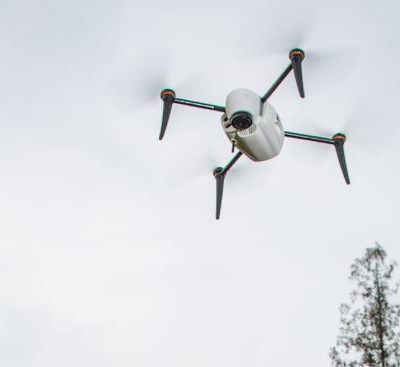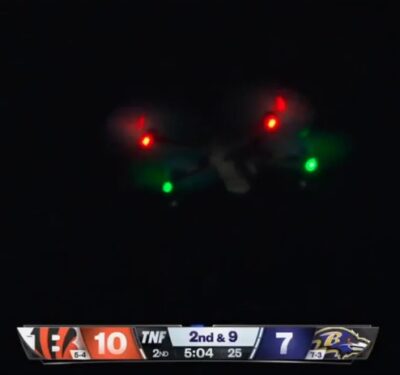
OxTS have successfully integrated a Locata receiver with their Inertial+ to create the world’s first Locata+INS device—capable of achieving centimetre level accuracy where GPS systems fail.
The Inertial+ series, first developed in 2008, was designed for users who had an external GNSS receiver already, but still wanted to gain the benefits of an inertial system. They have been able to combine OxTS’ Kalman filter and expertise in GNSS/IMU integration with their existing systems, without having to pay again for survey-grade integrated receivers. Over the years, a number of popular GNSS receivers have been integrated with the Inertial+ to keep up to date with the market and make sure customers with the latest models can take advantage of the benefits the Inertial+ brings. Now though, the Inertial+ has expanded from just GNSS receivers and become the first inertial navigation system to integrate a Locata receiver, combining the many benefits of both systems.
Locata is an innovative positioning system designed to complement rather than replace GPS, by addressing the issues and shortfalls of a Global Positioning System. As always, the Inertial+ allows Locata users to take advantage of their existing technology while enjoying the extra layer of measurements an aided-inertial navigation system brings.
One of the many benefits of Locata is that it enables positioning in environments where GPS is either marginal or unavailable. Instead of using signals from satellites, a network of ground-based Locata transmitters (known as a LocataNet) can be set up around any specified local area. The LocataNet transmits GPS-like signals which allow any Locata receiver in the network to very accurately calculate its position and time. Unlike GPS, where signals are so weak they cannot penetrate into buildings, Locata’s signals are very powerful—over one million times more powerful than GPS. Additionally, with a locally-based system (rather than a global satellite system), a user gains the incredible benefit of having total control over both the reliability and quality of positioning solutions within the LocataNet coverage area. Locata systems are being sold today into many markets where GPS is unusable or unreliable, such as inside warehouses, on dockyards, in open-pit mines, for UAV’s in urban areas and for military uses where GPS is being actively deniedby an adversary.
OxTS inertial navigation technology + Locata positioning
By combining the technologies of an inertial navigation system and a local positioning system, users have access to an extremely reliable and robust navigation solution. Locata positioning data is fused with the IMU data in the Inertial+ with OxTS’ custom Kalman filter, creating a full 3D navigation solution with precise position, orientation, heading, velocity, and acceleration measurements.
About OxTS
OxTS designs and manufactures world leading products combining the best of Inertial Navigation and GPS/GNSS. We focus on low-cost INS using MEMS gyros and accelerometers. Our Kalman filter extracts the maximum information from GNSS to deliver high accuracy measurements and low drift rates. We are dedicated to designing simple-to-use products that deliver reliable results and we back it up with first class service and support.
Additional information is available at http://www.oxts.com
About Locata
Locata Corporation has invented completely new terrestrial positioning networks which function as local, ground-based replicas of GPS. These networks can best be thought of as “GPS hotspots”. There is no other technology that can do this. Many years of R&D have resulted in Locata amassing 146 granted patents to date protecting these innovations. Locata systems are being used by extremely demanding and professional end users like the USAF, NASA, Leica Geosystems, and many others. Locata allows their integration partners – for the first time – to extend GPS-like positioning coverage to modern industrial, commercial, consumer and government applications, in areas where GPS is erratic, jammed or unavailable.
Additional information is available at http://www.locata.com






